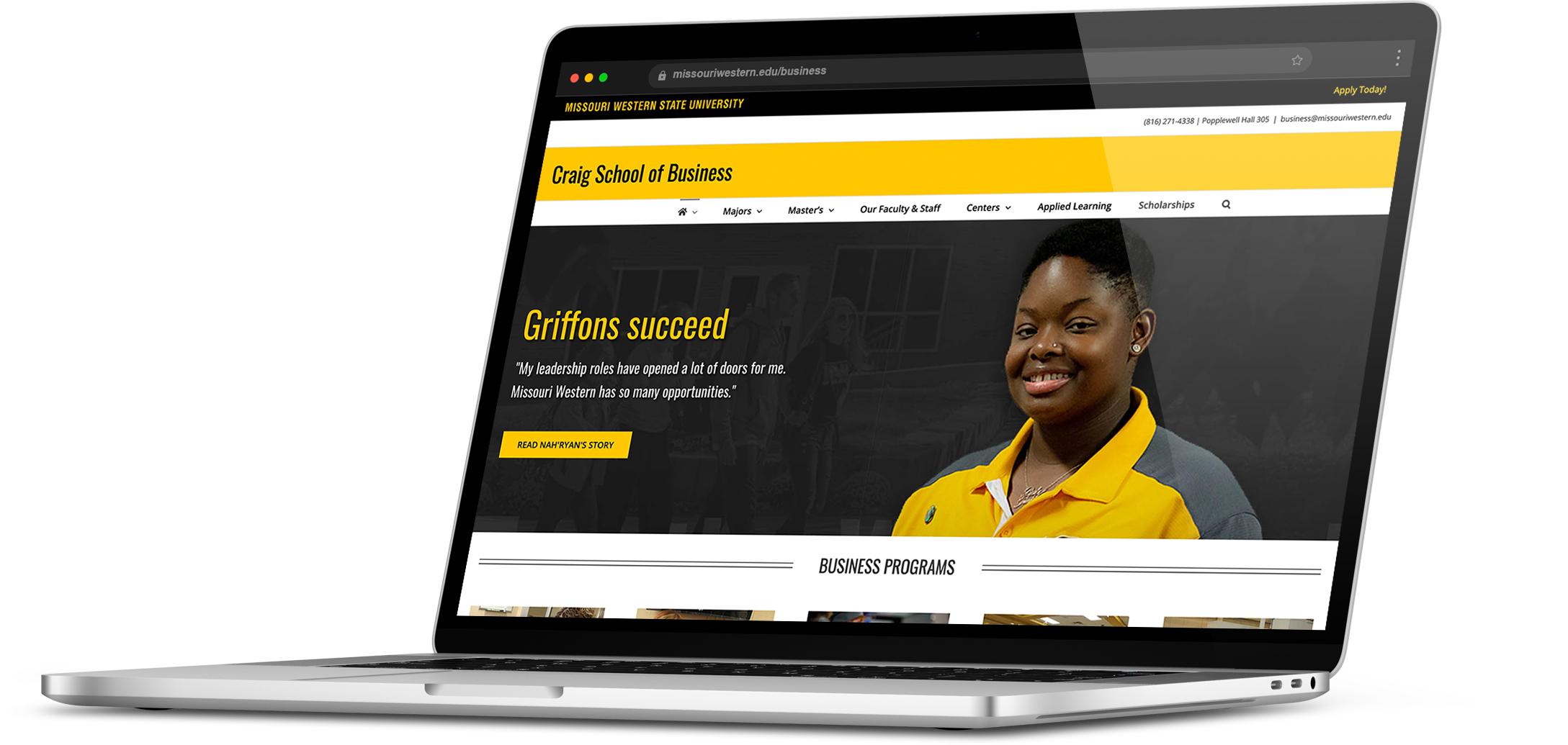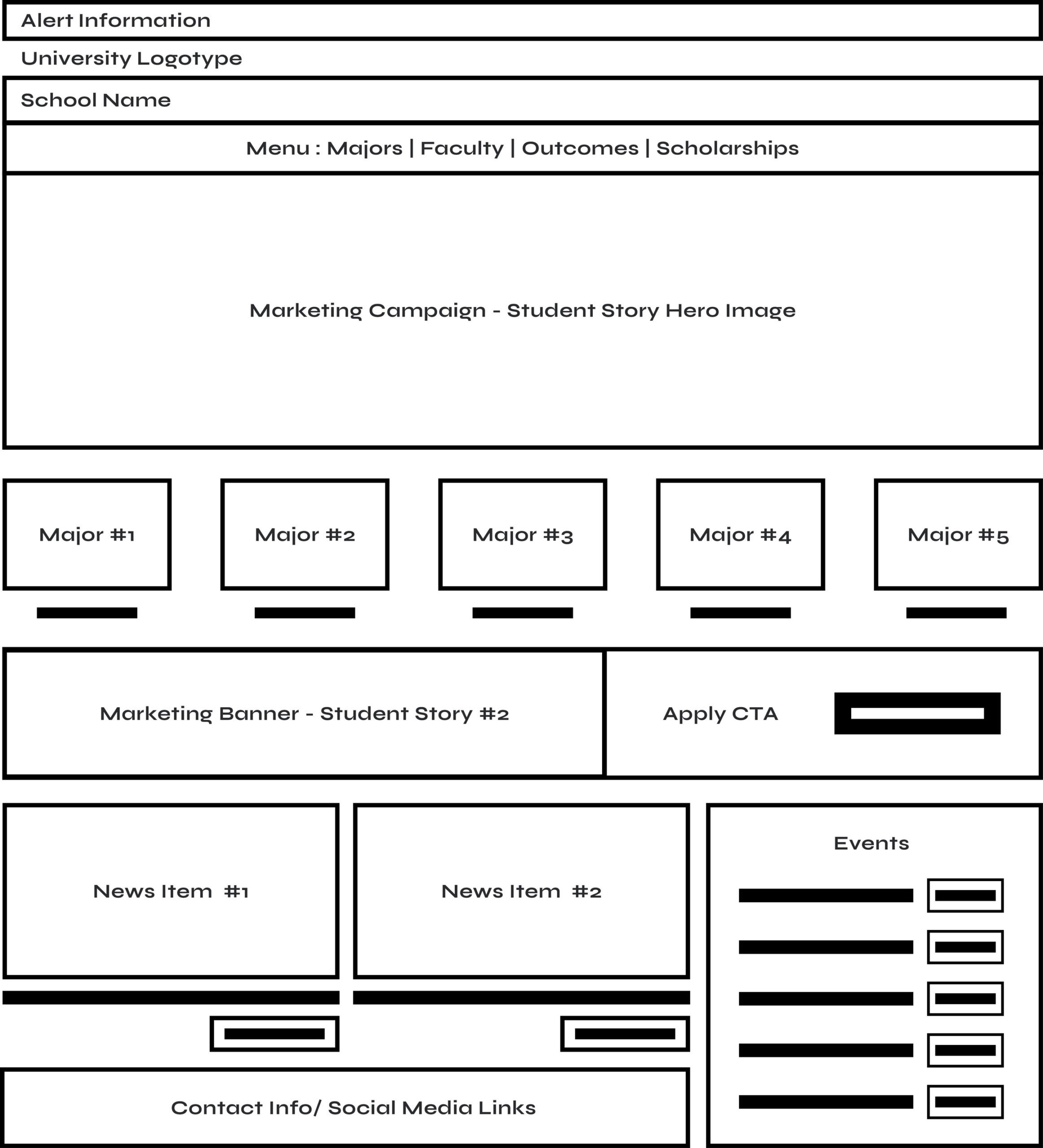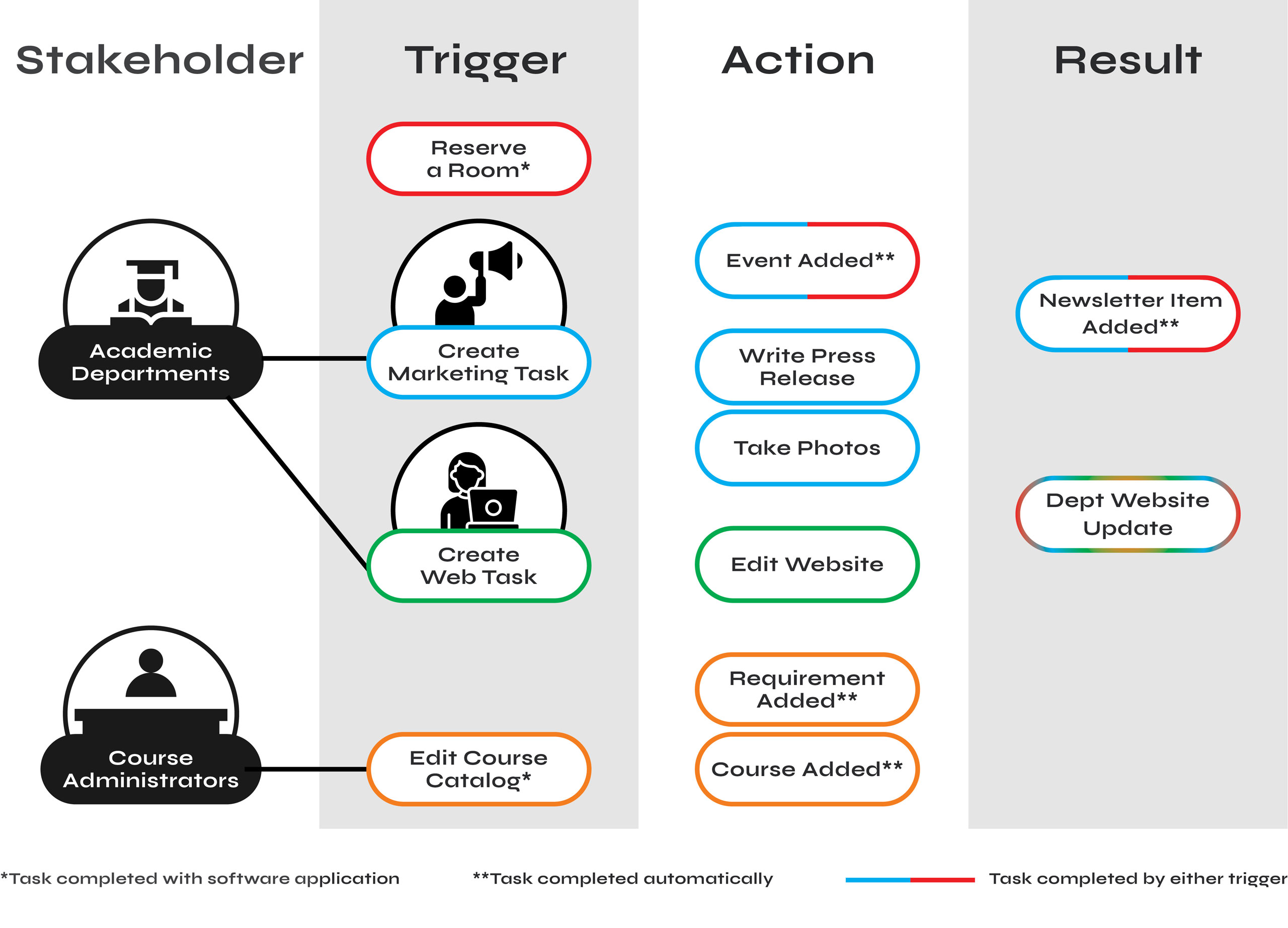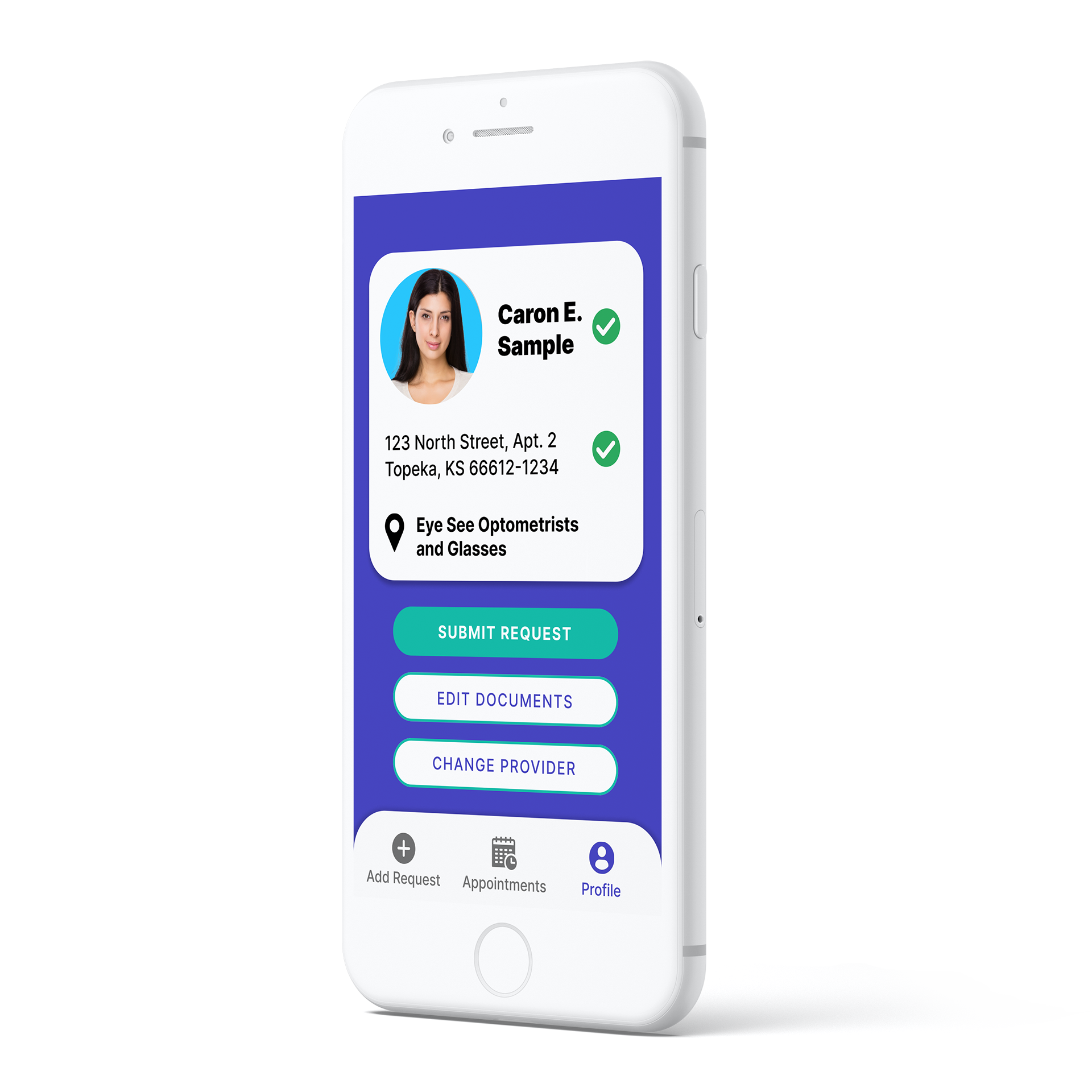Overview
Our two-person web design/development team for the entire university was approached to redesign the website to move away from our centennial branding.
We didn’t do that.
We leveraged this need for change as an opportunity to:
- team up with stakeholders
- empower them to partner up with the web and marketing teams
- allow everyone to put their best foot forward
- move toward our campus-wide goal of increasing student enrollment.
Problems
After doing a high-level content review, reviewing years of anecdotal stakeholder feedback, and comparing that to our marketing message and the admission department’s goals for the site, we found three primary issues:

Unreliable information
Essential information was scattered through each department site. News and events were either neglected or abandoned.

Lack of direction
All types of users were given equal priority on every site, which lead to many directions but no clear path.
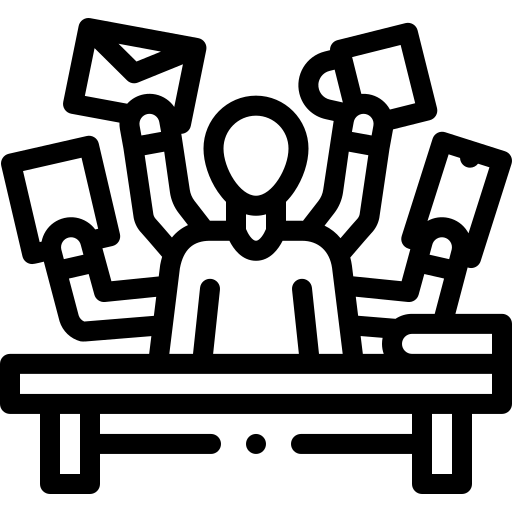
Difficult editing
Content updates were often left to overwhelmed administrative assistants with varying technical abilities.
Obstacles
As I mentioned before we are a TINY team. Our marketing department had a handful of people and we had TWO people. To manage 180 sites. We needed to find a targeted approach. We asked ourselves, where can we have the greatest impact?
When returning to our primary, campus-wide goal of increasing enrollment, we determined department subsites were the ticket. Department pages are:
- a primary research point for students already interested in our school
- the first stop admissions teams sent prospects to (after financial aid and applications)
- marketing tools to tell potential students how the school could serve their specific interests.
Goals
Unreliable Relevant
Department sites should provide a standardized location for essential information.
Confusing Direct
Users should receive a clear direction based on the primary goals for the site.
Difficult Helpful
The site should leverage resources to remove redundancies whenever possible.
Strategy
What’s relevant? What’s our direction? What’s redundant?
The Chief Marketing Officer and I personally met with each academic department to learn what information was critical to each site, then compiled those items to define areas to standardize.
We then mapped out ways our respective teams could optimize efforts to reduce the burden for content contributors while maintaining their sites.
Critical Information:
- Majors
- Program Requirements
- Outcomes
- Faculty
- Scholarships
- News
- Events
- Marketing Messaging
Execution
We converted our key problems into opportunities to solve for during the redesign.
Redefining Appearances
My partner on the web team found a WordPress theme that served as a workhorse to support many of the requested features without clunky add-ons that slow down a site.
After several iterations, this is the wireframe executive leadership approved:
Redefining Processes
During our one-on-one meetings with each department, we evangelized the resources on our respective web and marketing teams to content editors and explained how the process would give them autonomy with much less work.
Redefining Content
We used in-progress projects and available technology to optimize every effort made by academic departments.
Results
A year after our pilot site was approved and developed, we noted the following outcomes throughout the year:
Enrollment Boost
The school saw its first enrollment increase in over three years.
*Two-year comparison between enrollment years 2015 and 2016 and enrollment years 2017 and 2018.
Updated Content
Departmental news and events were up to date, and in a way they could maintain with minimal effort.
Cohesive Branding
All departments were finally aligned in their branding.
Increased Utility
The marketing and web teams were being used in a proactive way across campus.
